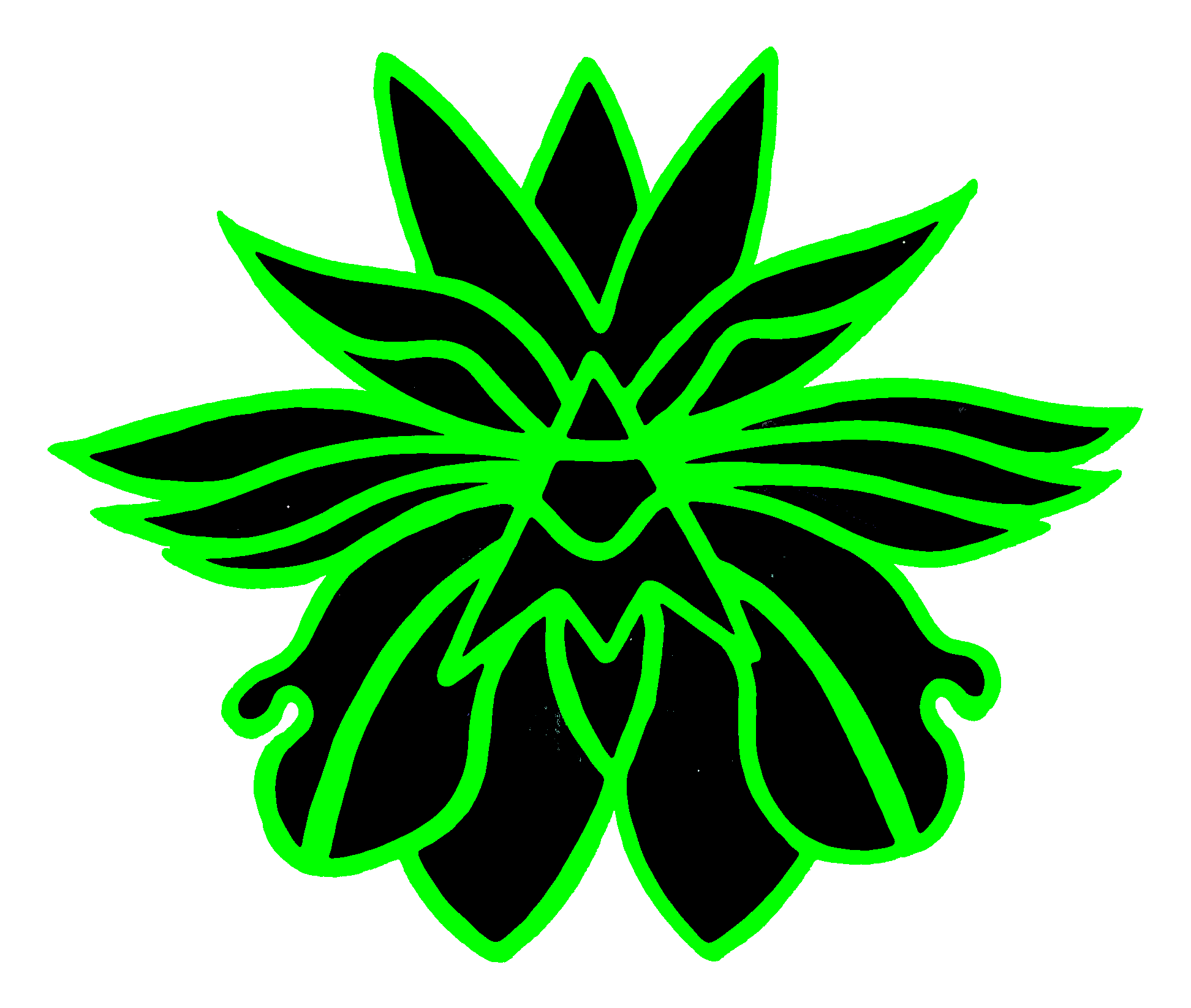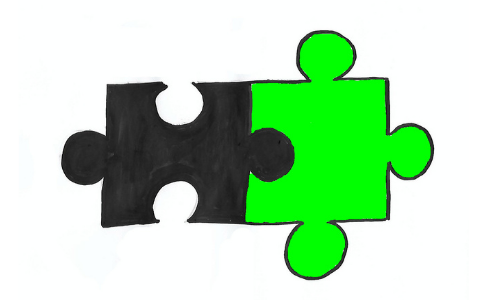What is connection and why do we need it?
We have a desire to connect. To various degrees. A loss of ability to form genuine personal contact is a defining component in psychopathology. Mental illness affects individuals’ interpersonal relationships as well as their relationship with themselves. For most of us however, feeling connected benefits our mental and physical health and much has been written in recent years about the significance of social connection and the detrimental effects of a sense of loneliness and isolation. Over a century of research has proven how crucial social connection is for well-being and during prolonged periods of lockdowns, physical distancing regulations and contact restrictions, our social connections have been tested, at times disrupted and very much redefined.
Examples of human connection can be having a personal conversation about what is important to you with someone, catching a stranger’s eye and both smiling, recognising someone else’s feelings, or sharing a joke.
In our intimate relationships we also look for connection and people often express sadness about a lack of connection, about missing a connection, about feeling disconnected in relationship therapy. When asked about it, clients often refer to a vague sense of belonging, a bond and it has often struck me how something so vital for the effectiveness of relationships can be so difficult to describe.
What helps connection in relationships?
Connecting with others, when it goes well, is a sense of being open and available to another person and feeling that they are open and available to us. Other ingredients of human connection are empathy and compassion. We feel goodwill to the person we are connecting with.
The foundations to how we connect are laid as we grow up and form attachments to our primary care givers. These attachments become an internal working model on how we manage relationships ourselves in life. Secure early attachments, positive loving relationships instil self-belief, confidence and motivation and they help us to become resilient when we meet adversity, difficulty, or trauma. And we usually do experience psychological distress at some point in our lives, whether we had great relationships in our upbringing or not.
“If connecting well in romantic relationships is learned by secure and supportive attachments when we grow up, what about the rest of us?” you may ask.
Learning connection

The answer is short and hopeful: we can still learn later. We can learn about ourselves and about our relationships. We do not need to be defined by what we are told.
Some therapy models suggest that we bid for connection implicitly or explicitly in everyday interactions and as partners we can learn to build connection by paying attention to accepting such bids. For example, your partner might ask you to buy something on the way home or you might want your partner to show interest in something which is important to you. Being receptive in these moments allows us to create a moment of connection.
Systemic models look at circular patterns of interactions in relationships. To change your relationship patterns, everyone involved in the relationship usually needs to make some change to their own behaviour which leads to a different relationship experience. This might include improving communication skills, finding options to regulate your emotions, getting better at setting boundaries or being assertive about what you need, and so forth. A sense of connection can arise by expressing shared values and beliefs, like the willingness to do things differently.
What all approaches to strengthening connection in relationship therapy have in common, is the attention paid to a culture of respect and love. As therapists we model in the interactions with our clients what respect and unconditional positive regard looks like. We don’t act as referees but as a temporary companion to your relationship. We take the side of the relationship, not of individual partners.
In therapy people need to be able to make some kind of contact which has a new experience to it and find new places to take choices from.
Unlearning harmful connection
As people we have a compulsion to repeat. We repeat things because they are familiar, not because they are necessarily good for us. Sometimes we must ask ourselves whether the relationship which feels like “home”, is in our best interest. We need to be able to recognize harmful and dysfunctional relationship behavior in our partner as well as in ourselves, however connected and comfortable we may feel.
Hurting each other physically and emotionally, derogatory name calling, blaming, threatening, dishonesty, avoidant behavior, gaslighting, controlling behavior or ignoring boundaries may feel like a deep love. It is not the type of connection which therapy will support.
We may be reminded of our relationships with caregivers and gain a sense of comfort for knowing how to cope in harmful relationships. Our core beliefs develop over a long time, but they are not always useful to us and we get harmed along the way and deprived of opportunities to flourish as people.
Cultivating connection
It is possible to change the culture of your relationship and to find ways to develop and to connect. Counter to popular belief, date nights, massages or candlelit dinners rarely hold the answer to missing connections.
Some partners find connection by allowing each other more space to be themselves, by showing interest in their respective inner worlds and by respecting and cherishing their differences.
Connection develops in moments of trust, when people offer and experience empathy and kindness, when they feel respected and are held in high regard. And finally, connection tends to happen in the moments, when people are present for each other, undistracted and intentional, feeling worthy of respect and love.
by Gabriele Panteli (she/her)

